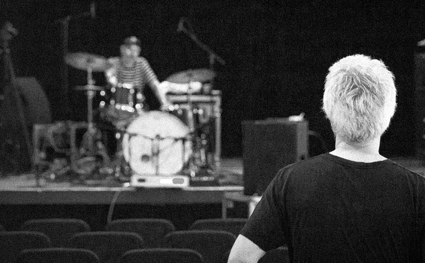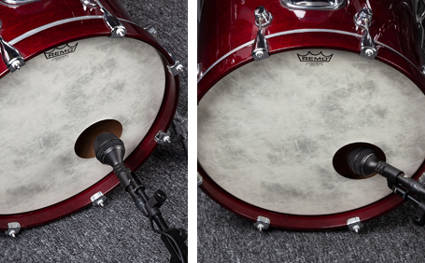How to mic tom-toms
Guidelines for miking snare tom-toms with DPA Microphones.

Musical styles
The toms can be miked in the same way as the snare, but toms can have different roles in different music styles and some considerations and genre aesthetics are appropriate.
For jazz it is common not to use toms at all and only get the drum sound balance with accurately placed overhead mics and maybe a bass drum and snare drum mic, whereas as pop and rock drum sound requires a closer miking technique to achieve very isolated tom signals to process individually.
Minimize phase issues
To minimize phase issues between many microphones it can be a good idea to use fewer microphones. Placing an omni or wide cardioid strategically between toms can focus on more than one tom. For a fatter sound, making use of the proximity effect, a 4011C Cardioid Microphone, Compact or 2011C Twin Diaphragm Cardioid Microphone, Compact with even higher isolation is a good choice.
A drum kit can produce very high peak sound levels. Levels in excess of 120 dB at a distance of one meter and at a few cm from a drum or cymbal head 140 dB or more is not unusual. It's obvious that the microphones must be able to handle these levels without clipping. You can place a DPA mic within one centimeter of the drum head and experience no mic overload.
Instrument microphone
Tagged Products
The 4099D Instrument Microphone allows for high quality audio capture of toms. The low profile and unobtrusive design provides visual elegance along with uncompromised sound quality and accurate dynamics.
The unique and flexible clip-on system provides fast, stable and repeatable positioning. The mics can be easily positioned at different angles via the flexible gooseneck to fit different drums and allow a variety of sound nuances.





